Among the generals from Phu Yen under the Nguyen Dynasty, Nguyen Cong Nhan had many achievements fully recorded in the Nguyen Dynasty history books. At the same time, through the source of documents of his family's royal decrees, we affirm his great contribution to stabilizing the southern border of the country in the 19th century.
According to Nguyen Cong Nhan's family documents, he was born on May 10, 1789, in Phu Loc commune, Thuong canton, Dong Xuan district (now Phong Nien village, Hoa Thang commune, Phu Hoa district). His ancestors migrated from the North to Phu Yen, living in Phu Phong village, Hoa Dong commune, Tay Hoa district. It was not until Nguyen Cong Thi and his wife Tran Thi Dinh migrated to Phong Nien village to live and gave birth to Nguyen Cong Nhan.
Glorious military career
According to his family's sources, as a child, Nguyen Cong Nhan was diligent and helped his family with farming. He was also a bright and intelligent person, and learned everything he learned. At the age of 13-14, when he went to herd cows, he often participated in mock battles with his friends.
In the 17th year of Gia Long (1818), Nguyen Cong Nhan was ordered to join the army. His military career began from there, he was promoted through many important positions under the reigns of King Minh Mang, Thieu Tri and Tu Duc. In 1833, he joined the army to suppress Le Van Khoi's rebellion in Phien An citadel as a Second Guard, then he was transferred to Quang Nam as the Captain of the First Guard.
In the 19th year of Minh Mang (1838), he was appointed as Deputy Lieutenant of Khanh Hoa, then Dinh Tuong. At the end of 1839, he was transferred to Tran Tay Thanh (Cambodia) as Deputy Commander. In 1840, he was promoted to Commander of Tran Tay Thanh, leading 700 troops to defeat 10 Siamese forts from Mi Suc to Ta Sa, capturing many weapons. With this achievement, King Minh Mang awarded him a golden card with the words "Hung Dung Tuong" engraved on it. In 1841, King Minh Mang passed away, and King Thieu Tri succeeded to the throne and promoted him to the position of Chief of Guard and Advisor. During this time, he participated in suppressing the uprising of Lam Sam in Lac Hoa prefecture (now Tra Vinh). After suppressing bandits, he was promoted to the position of Governor of An Giang province, then joined General Nguyen Van Dien to fight the Siamese army in the border area of the province.
In February 1842, the Siamese army led nearly ten thousand men to attack Ha Am (the border area of Chau Doc - Ha Tien) and set up many forts. Our army was smaller, so Nguyen Cong Nhan discussed with General Dien to divide the army into separate attacks, using the few to fight the many, thanks to which they were able to repel the Siamese army from invading the border. Also in this year, he, along with General Le Van Duc and Ton That Bach, repelled the Siamese army in Sam Phu, Ban Ly, Sach No... and he was promoted to Governor of An Ha (An Giang - Ha Tien). The king also allowed him to write "Hung Dung Tuong" before his name when writing official documents or memorials.
In 1845, during the war for influence between the Nguyen Dynasty and Siam in Cambodia, he led his troops to attack Thiet Thang fort, took advantage of the victory and marched his troops to Nam Vang with great momentum, causing the Siamese army to flee. Our army was completely victorious, and the influence of the Nguyen Dynasty was recognized by the Cambodian court. After this victory, he was appointed Admiral of An Giang, then Governor of An Ha, promoted to Deputy Guard Captain and awarded military merit.
 |
| Decree of conferring the rank of Marshal Nguyen Cong Nhan on him in the 16th year of Tu Duc (1863) |
In 1847, the situation in Cambodia was stable. When the King reviewed the achievements of the generals, he was awarded the title Tri Thang Nam and had his name engraved on the Than Uy Phuc Vien gun (the fourth gun) in the Hue capital. After that, he was appointed as the Commander of Binh Dinh province. In 1856, Nguyen Cong Nhan was promoted to the position of Commander of the An Giang Guard, held the position of Ha Tien Governor, and concurrently the Chief of Staff.
In early 1859, the French army besieged Gia Dinh citadel. Nguyen Cong Nhan was appointed as the caretaker of An Giang, then the Governor of Dinh Tuong, and made great efforts to prepare forces to fight the French. On March 26, 1861, the French army attacked Dinh Tuong. Nguyen Cong Nhan had just arrived at Dinh Tuong when My Tho citadel had fallen. When Nguyen Cong Nhan heard the news, he immediately ordered his troops to plant stakes on the Tien River to defend. However, the French army rushed in and pulled up the stakes and crossed into the mainland. He had to withdraw his troops and defend Kien Dang. My Tho citadel fell, and he was accused by Governor Nguyen Huu Thanh of abandoning the citadel and fleeing. King Tu Duc stripped him of all his titles and positions to await trial, but he still secretly asked him to sneak back to his old headquarters to gather people to take revenge later.
In January 1862, the king appointed him as the Military Commissioner of Vinh Yen. Nguyen Cong Nhan did not obey the order but stayed to continue recruiting volunteers to fight the French. According to folk legends in the Long Hung area, Long Hung A commune, Lap Vo district, Dong Thap province, after Dinh Tuong fell, the heroic general Nguyen Cong Nhan withdrew his military camp here to set up headquarters to recruit volunteers to fight the French. This place is now called Rach Dinh, where his O and Sa boats often entered and exited the headquarters.
Implementing public security policy
In addition to his great contributions in the military field, Nguyen Cong Nhan also made important contributions to the implementation of the policy of pacifying the people, notably proposing and directing the digging of Vinh An canal in Tan Chau district, An Giang province when he was the Governor here (in 1843). Vinh An canal was started in 1843 and completed in May 1844. Vinh An canal connects Tien and Hau rivers, bringing many benefits to people's lives, national defense, and transportation in this area. Later, to show gratitude, the local government named the road along the canal after Nguyen Cong Nhan and a stele was erected with the content "Vinh An ha, Thieu Tri de ngu nien, cat nhat tao" (meaning: Vinh An canal, built on a good day in Thieu Tri 5-1845). After 1975, the land where the stele was erected was eroded by strong river currents, the stele fell into the riverbed, and to this day there is no trace.
During his tenure as Governor of An Ha, Nguyen Cong Nhan also paid attention to the economic sector. In 1843, he asked the king to establish a trading office in Tan Chau. The border trading unit was located in the upper reaches of Da Phuc fort, operating twice a month, for two days each time. The establishment of the trading office played an important role in developing border trade, acting as an economic bridge between regions and localities at the headwaters of the Tien River. At the same time, it met the need to resolve related trade procedures, protecting the existence and development of the border economy for a long time.
In 1863, Nguyen Cong Nhan retired and was promoted to the rank of Thuc Thuong Che with the rank of Chanh 2nd grade. He died on January 3, 1872 in his hometown.
The Nguyen Cong Nhan clan temple in Phong Nien village currently preserves 14 royal decrees and royal edicts bestowed by the kings Minh Mang, Thieu Tri, and Tu Duc on Nguyen Cong Nhan and his biological parents. Among them are two royal decrees for his father, Nguyen Cong Thuy Minh Nghia Do Uy, and his mother, Nguyen Thi Dinh Chanh Tu Pham Phu Nhan. Through studying the content of the 14 royal decrees and royal edicts, we can see the titles and career of Nguyen Cong Nhan during nearly 30 years of dedication to the country.
| Nguyen Cong Nhan was a famous general of the Nguyen Dynasty who was talented in strategy, military strategy and warfare. He achieved many feats in suppressing domestic rebellions and defeating the invasions of the Siamese army to protect the southwestern border of the country. He was repeatedly rewarded by the royal court and promoted to many important positions. His achievements spanned many localities throughout the country, but were most prominent in the southwestern region. |
TS DA O NHAT KIM
Source


![[Photo] General Secretary To Lam holds a brief meeting with Russian President Vladimir Putin](https://vphoto.vietnam.vn/thumb/1200x675/vietnam/resource/IMAGE/2025/5/10/bfaa3ffbc920467893367c80b68984c6)

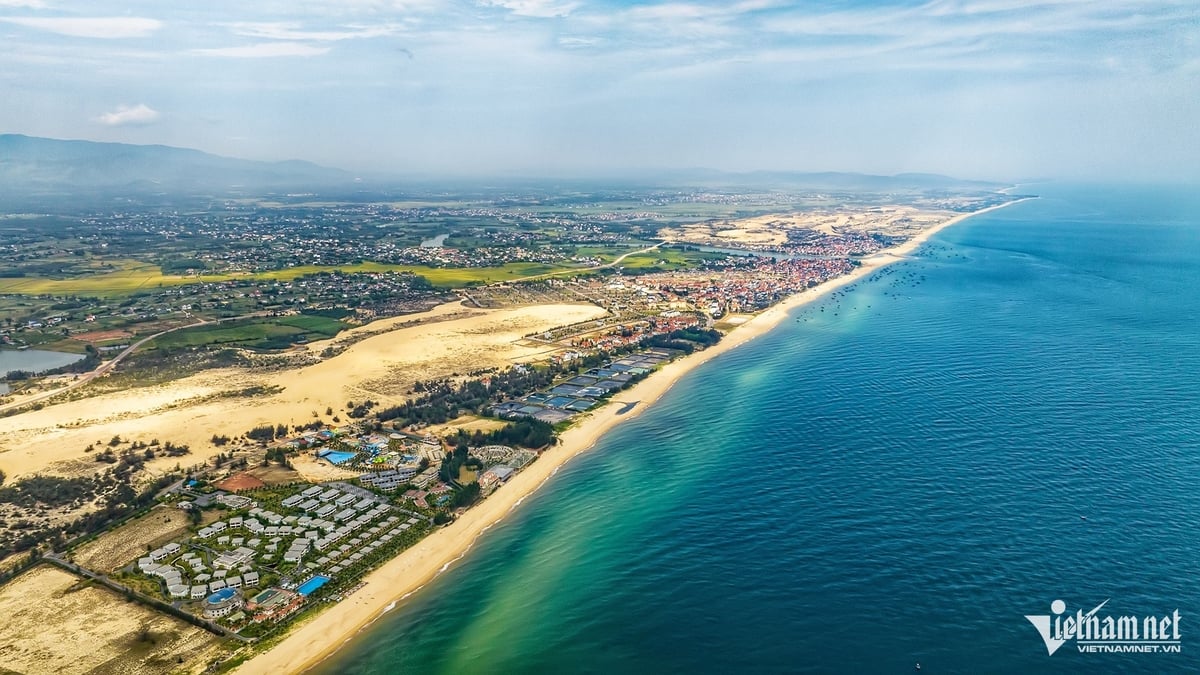

![[Photo] Prime Minister Pham Minh Chinh chairs Government Standing Committee meeting on Gia Binh airport project](https://vphoto.vietnam.vn/thumb/1200x675/vietnam/resource/IMAGE/2025/5/10/6d3bef55258d417b9bca53fbefd4aeee)







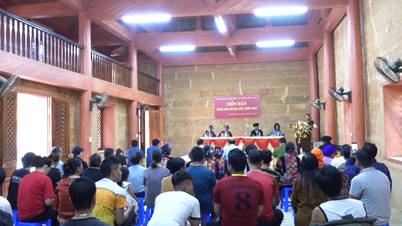













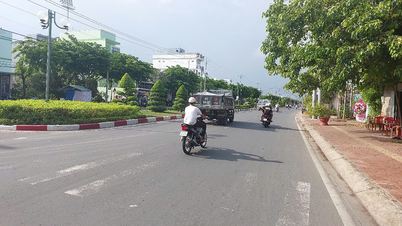

![[Photo] Prime Minister Pham Minh Chinh chairs a meeting of the Steering Committee for key projects in the transport sector.](https://vphoto.vietnam.vn/thumb/1200x675/vietnam/resource/IMAGE/2025/5/10/0f4a774f29ce4699b015316413a1d09e)






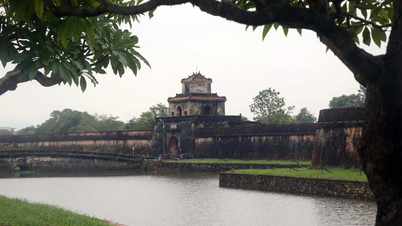

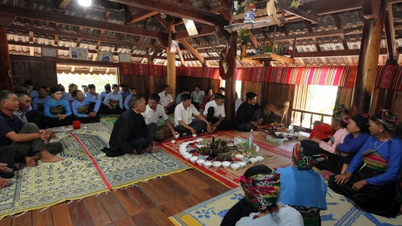






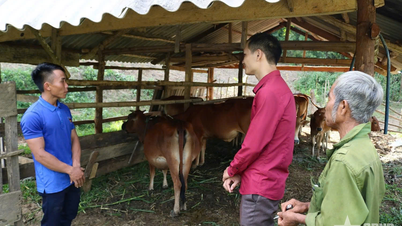



































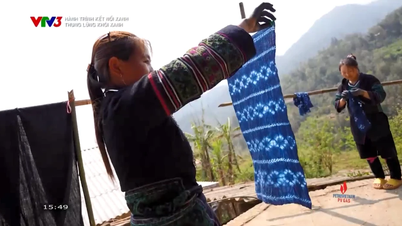

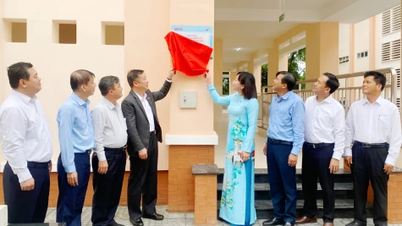















Comment (0)